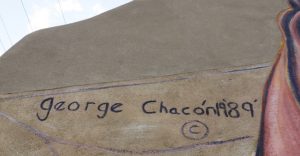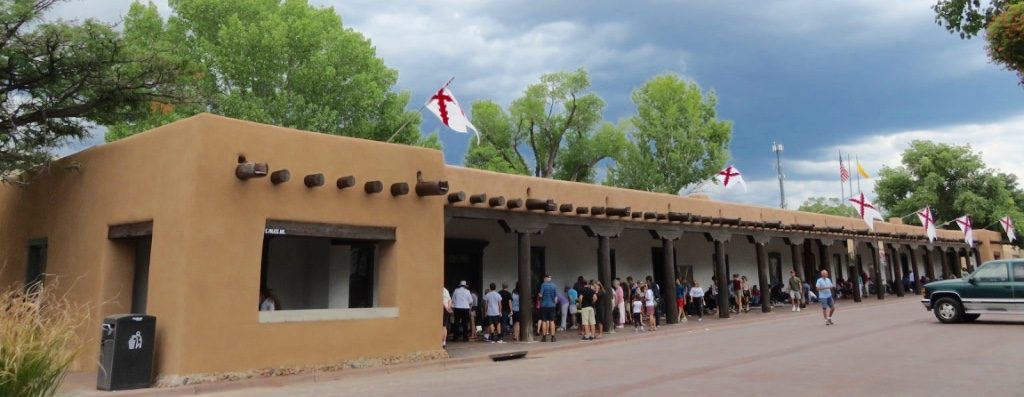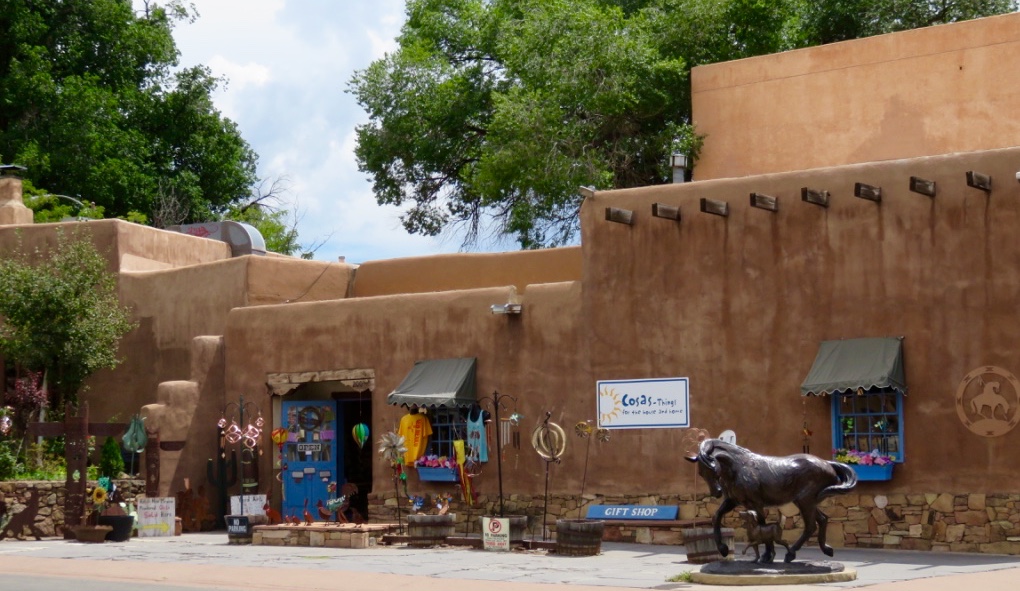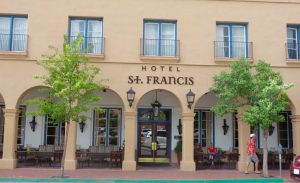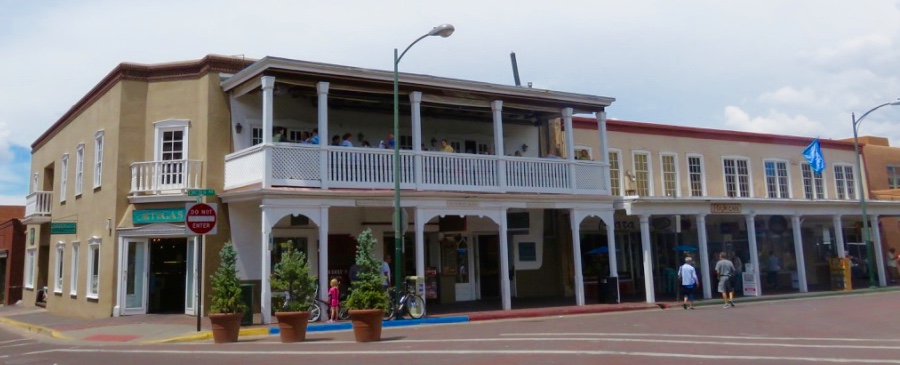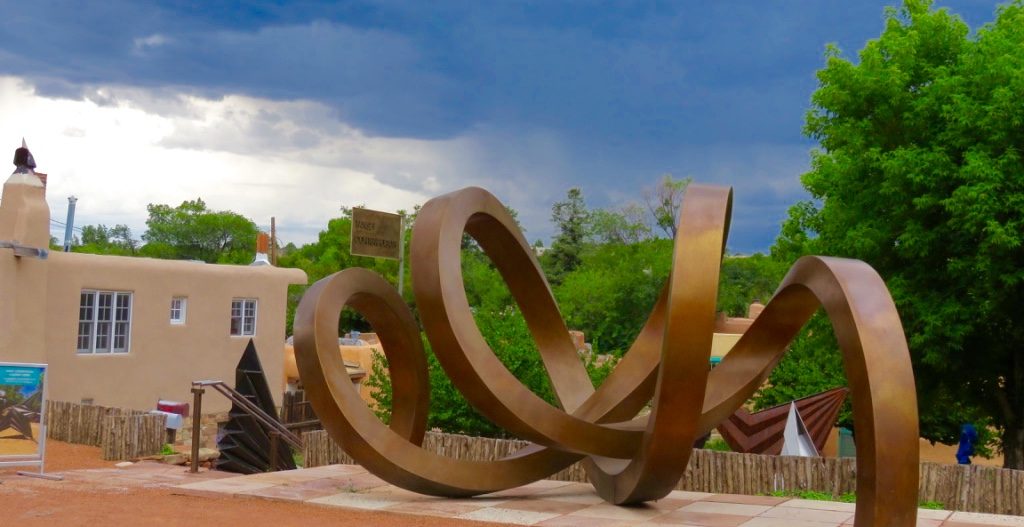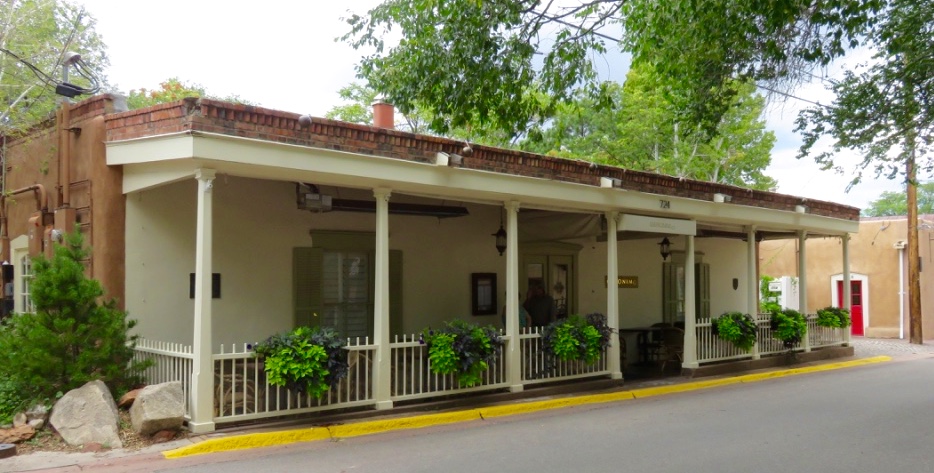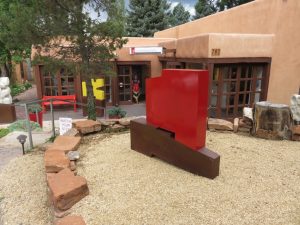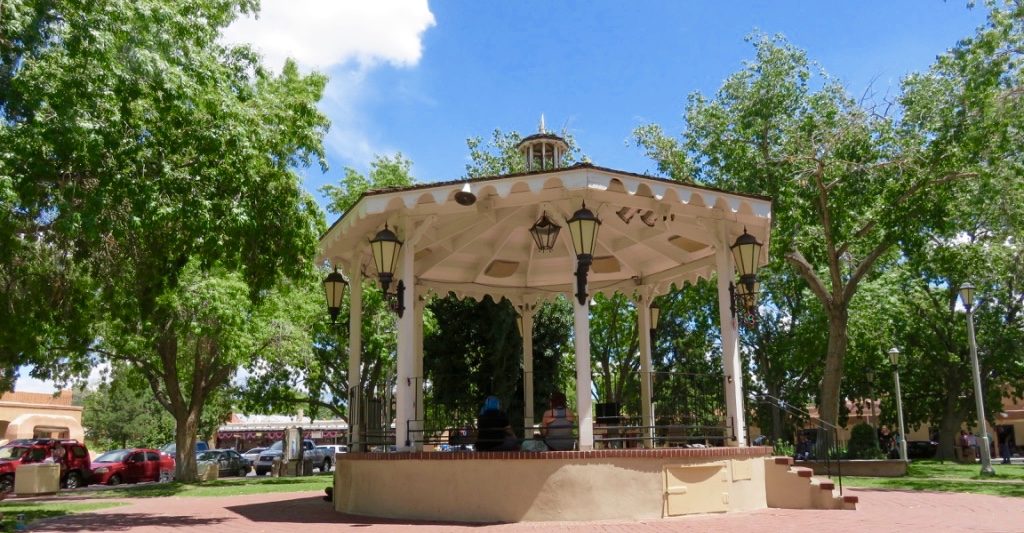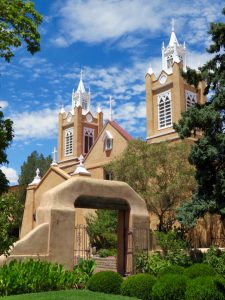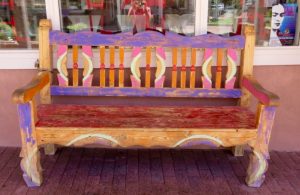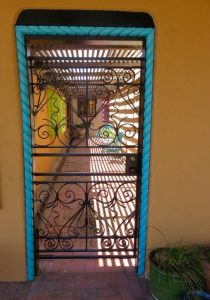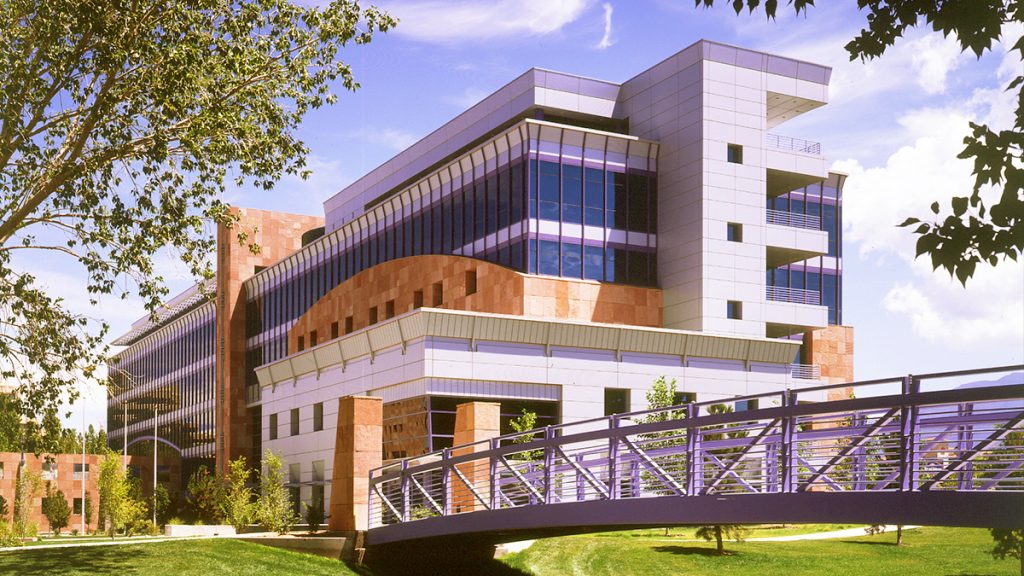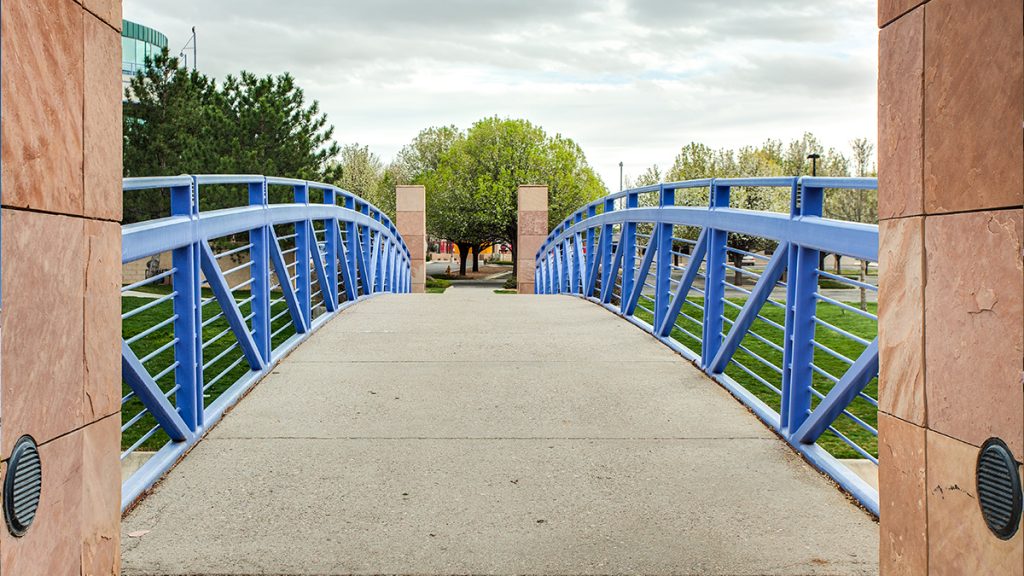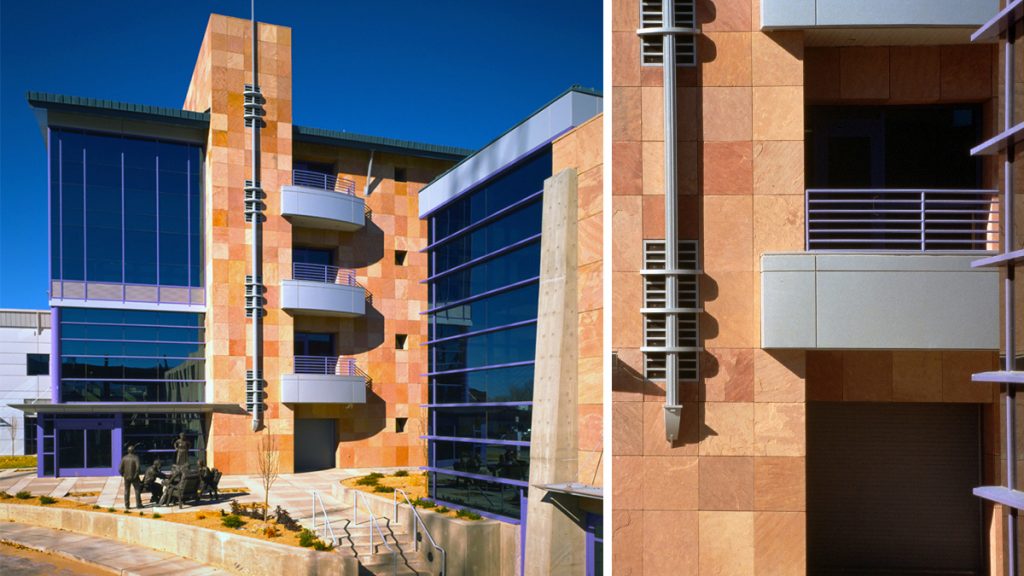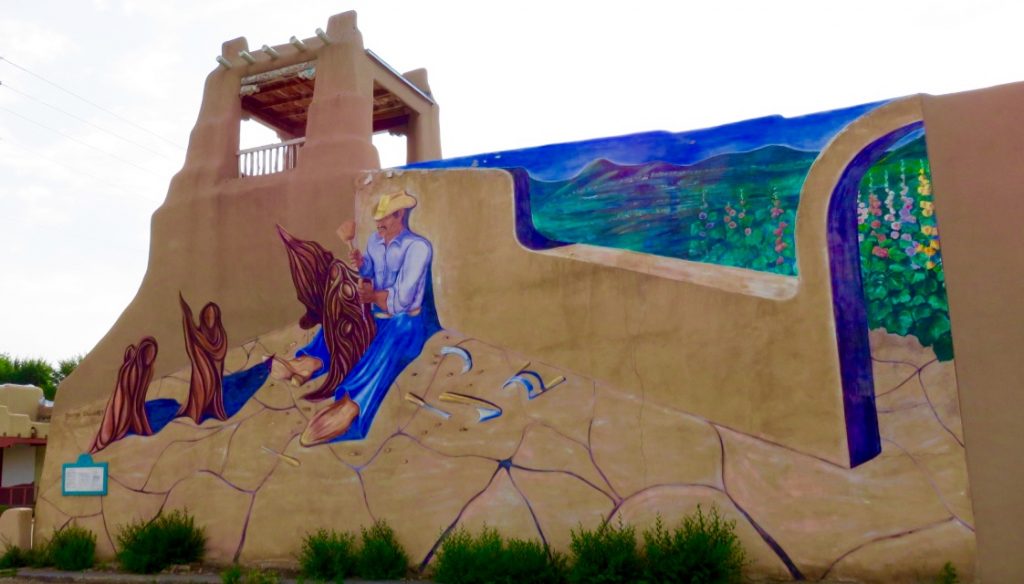
This post is dedicated to artist and musician George Chacón who left us too soon. His artwork is prominently displayed in downtown Taos. The piece is signed and his signature is shown at the end of this post.http://taosnews.com/stories/taos-artist-george-chacn-has-died,39640?
In early September 1540, the first European visitors to set foot in Taos were a small artillery detachment under the command of Hernando de Alvardo. As part of Vázquez de Coronado’s expedition, they had come in search of the mythical Seven Cities of Cibola. Alvarado’s meeting with the Tiwa Indians, who had inhabited the Taos Pueblo for centuries, was peaceful and they exchanged gifts. But over time the peaceful co-existence eroded and led to conflicts between the two cultures over religious beliefs and the treatment of the native people.
In August 1680, a revolt led by Pope, a San Juan Pueblo Indian, resulted in the expulsion of the Spanish from New Mexico. Twelve years later, in August 1692, Don Diego de Vargas led an expedition to conquer and covert souls, but he was probably more interested in locating the local silver mines than converting souls. After he conquered the land, he established Santa Fe as the capital, and the region again fell under the Spanish flag. In 1696, the proud Taos Pueblo Indians made their last stand before surrendering to the Spanish.
I’ve read several versions of how Taos came to be named. Some Spanish settlers say they heard the Picuris Indians pointing to the northeast where their relatives the “Tao” lived. Most likely, they were referring to the Taos Pueblo Indians. However, between 1796 and 1797 the Don Fernando de Taos Land Grant gave land to sixty-three Spanish settlers in the Taos valley; the town name may have originated from the grant name and was shortened to “Taos.”
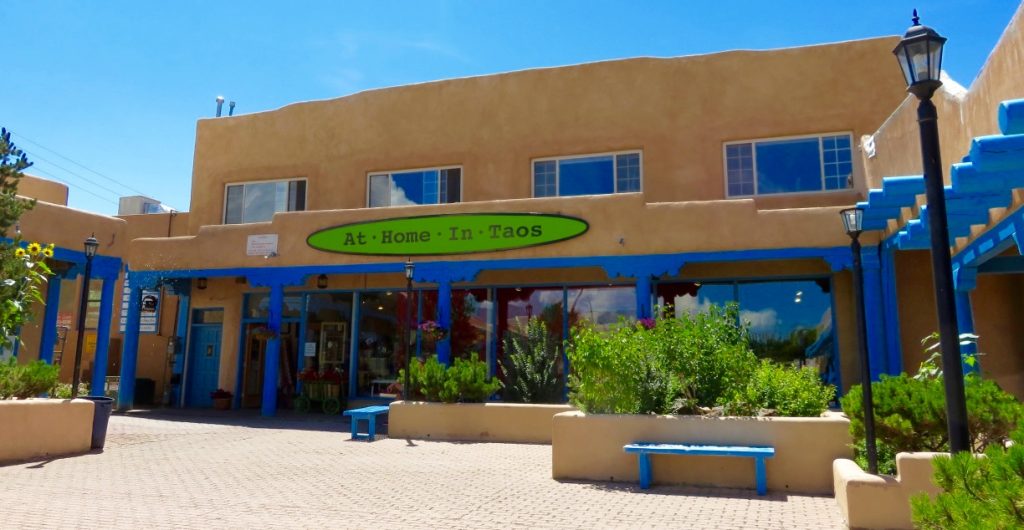
I first set foot in Taos in December of 1975 during a road trip through the northern part of the state. I was mesmerized by the stark, vast landscape with its honey-brown grasslands that ran on one side of me to red mesas, and on the other, to grassy terrain that touched a turquoise-blue sky. But what really hooked me was the first time I laid eyes on the Taos Plateau, a sheet of white fractured by a massive black chasm, its jagged basalt escarpments dusted in powdery snow and falling to the icy blue waters of the Rio Grande River twisting its way through the canyons.
Late that afternoon I caught sight of Taos Mountain, rising majestically from the desert floor, snow-capped peaks brushing a cloudless sky. Behind me, undulating evergreen hills rose to the ridge top of the Picuris Mountains, the tips of the trees capped in white and dropping to a glowing copper-orange valley under a fiery red-and-violet sunset. I’ve visited the state often since 1975 and fall deeper in love with the land each time I visit, so it was a delight to set two thrillers in northern New Mexico—Brainwash in Taos and Los Alamos and Gadgets in Albuquerque and Santa Fe. Darcy will return to New Mexico in CLON-X and will add Arroyo Seco and Abiquiú to her travel list.
Besides some history of Taos, my main purpose for this post is photographic—to give you a sense of place. In Brainwash, Darcy catches her first glimpse of the historic San Francisco de Asis Mission Church when she meets Elena in Ranchos de Taos to discuss Andrew’s mysterious disappearance.
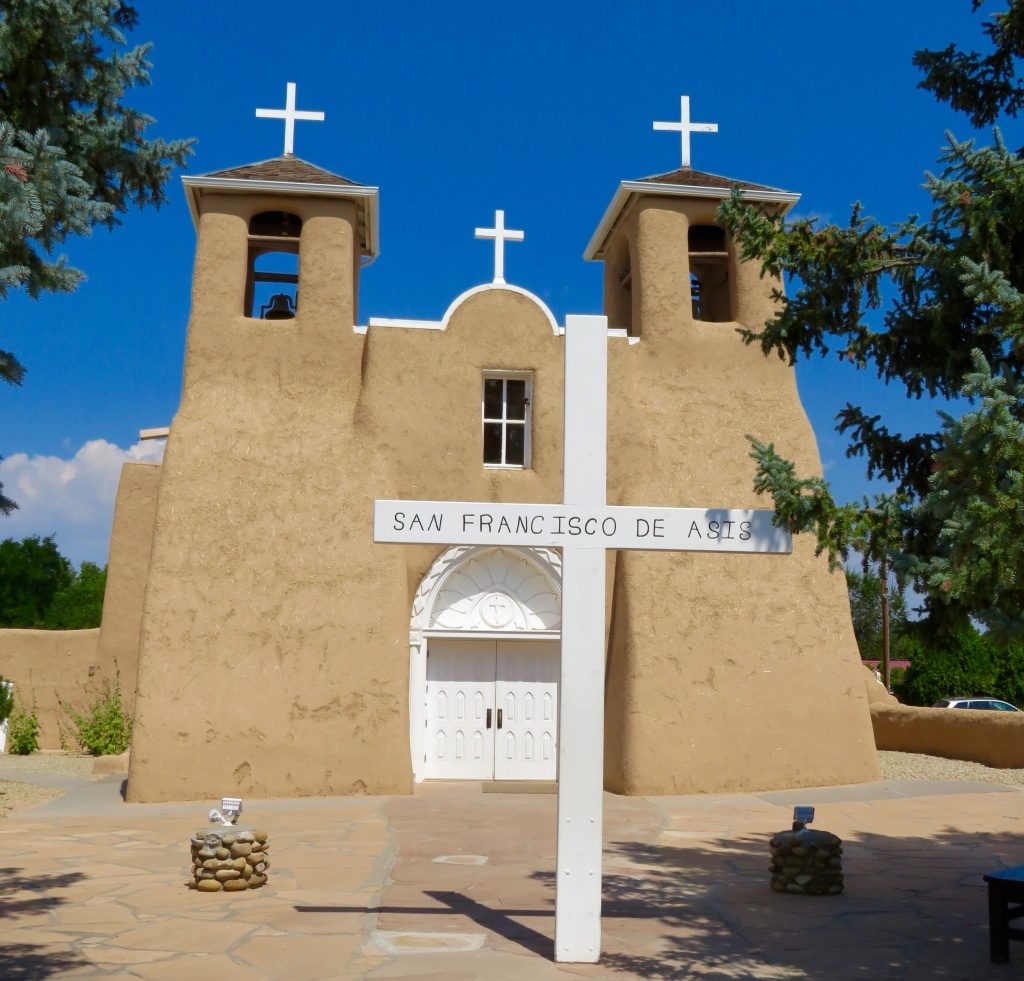
Front of the church and the back with its massive, mud and straw buttresses.
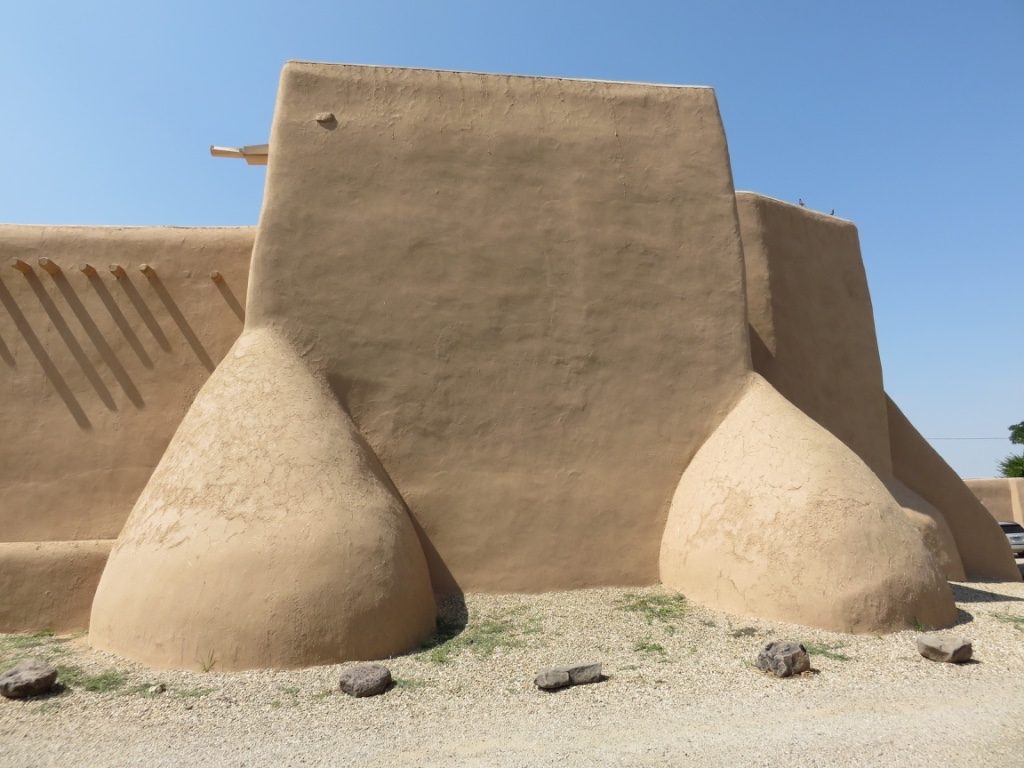
Two breakfast hangouts of ours: Michael’s Kitchen and Bent Street Café. Bullet loves the patio.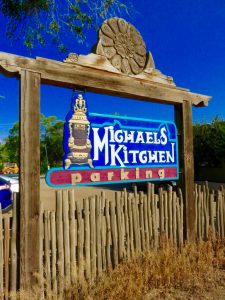
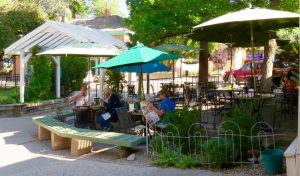
Out and about, shopping, gallery browsing, and enjoying all the “color.”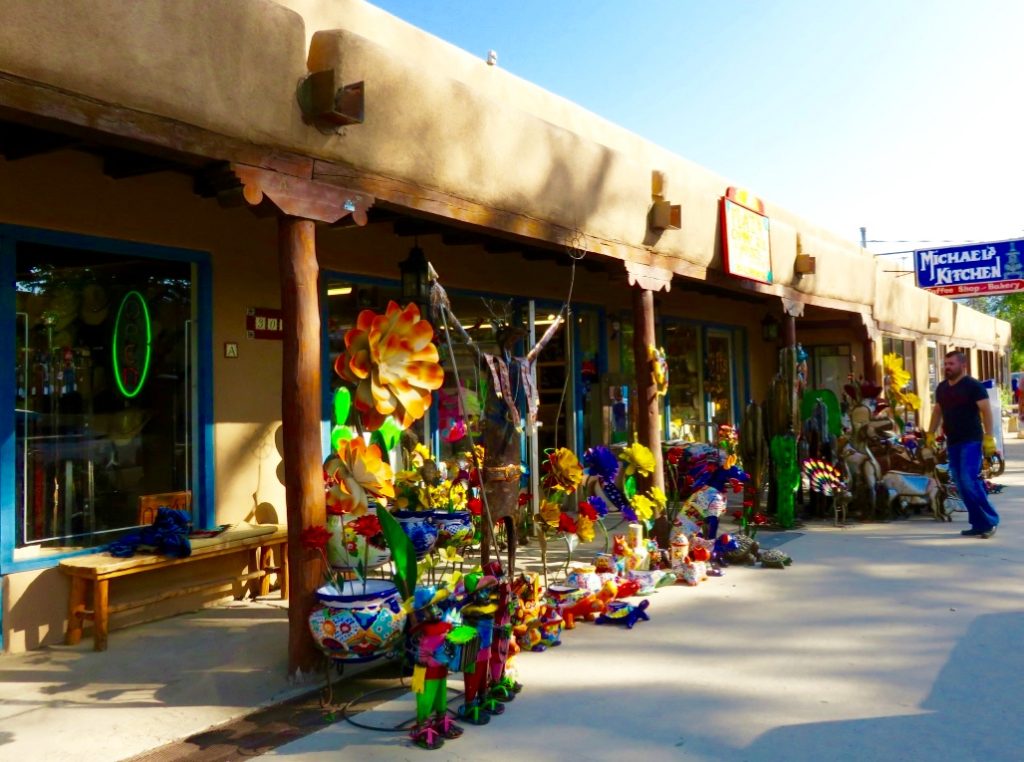
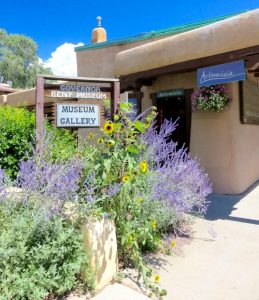
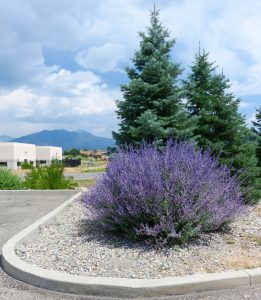
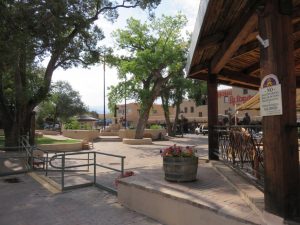 Photos: Russian Sage and the Taos Plaza.
Photos: Russian Sage and the Taos Plaza.
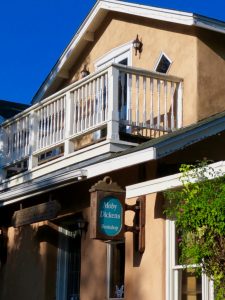
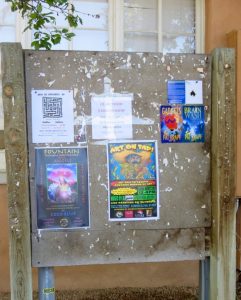
Photos: Moby Dickens Bookshop (permanently closed). Now, Op. Cit. Books. Outside the bookstore there is a bulletin board. Notice my postings: Brainwash and Gadgets postcards top right.
And I will close as I opened—Rest in Peace, George. Gone, but not forgotten.